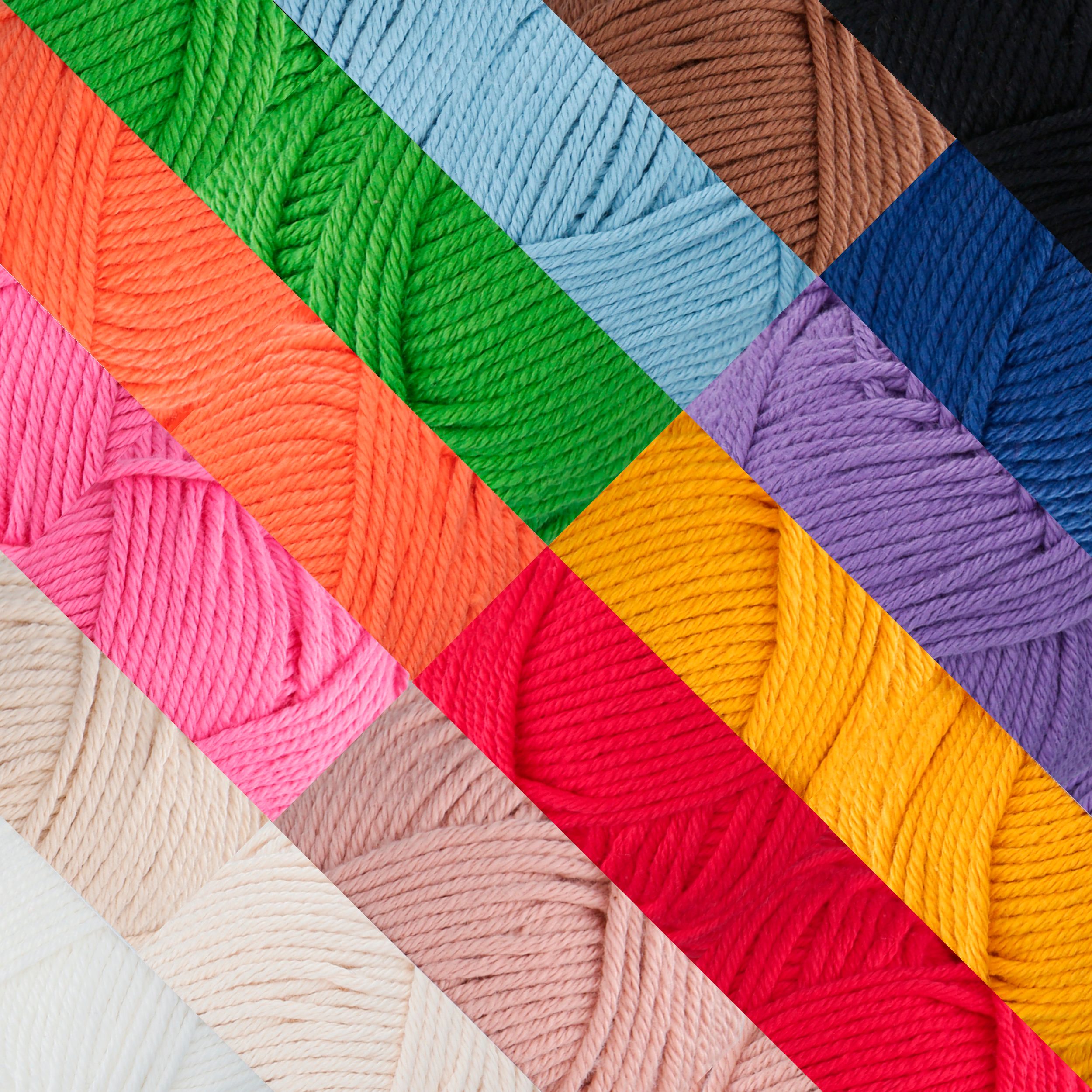 Buy Pattern
Buy PatternIntermediate

Just in time for summer we've launched our new cotton yarn in 14 beautiful colours!
Buy Novita AuraCome and crochet with us! On 12 April, Novita's new Crochet-along started, where we crochet a beautiful cardigan in Novita's new Aura yarn.
Buy yarn and join us!
 Buy Pattern
Buy PatternTime to cast on for your first summer project!
 Buy Pattern
Buy Pattern
Novita Essentials
Essentials is the new Novita curated wardrobe for modern knitters and beginners.
Buy individual instructions as printable PDFs, learn new techniques in knitting school and get inspired by our styling tips.